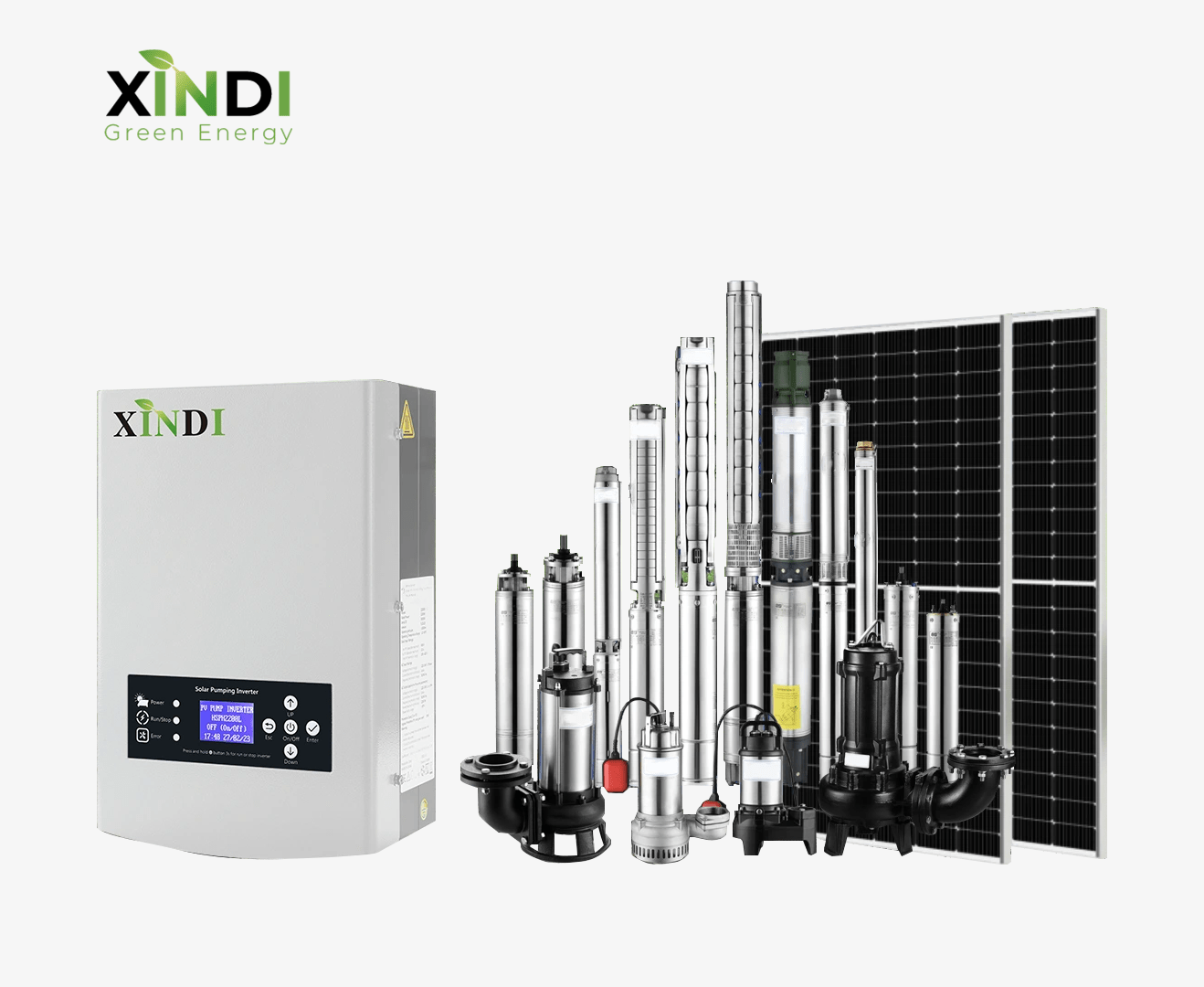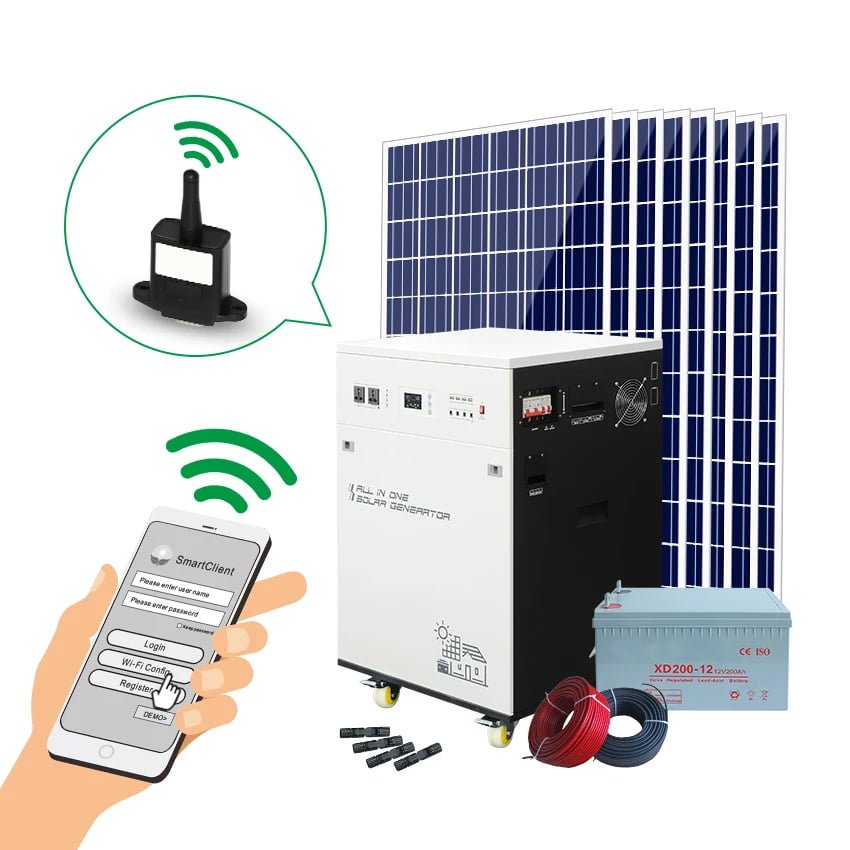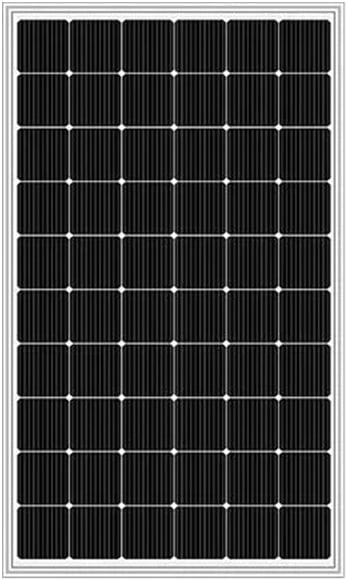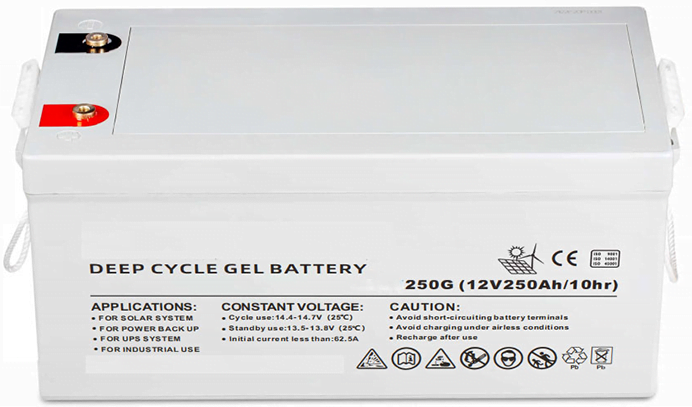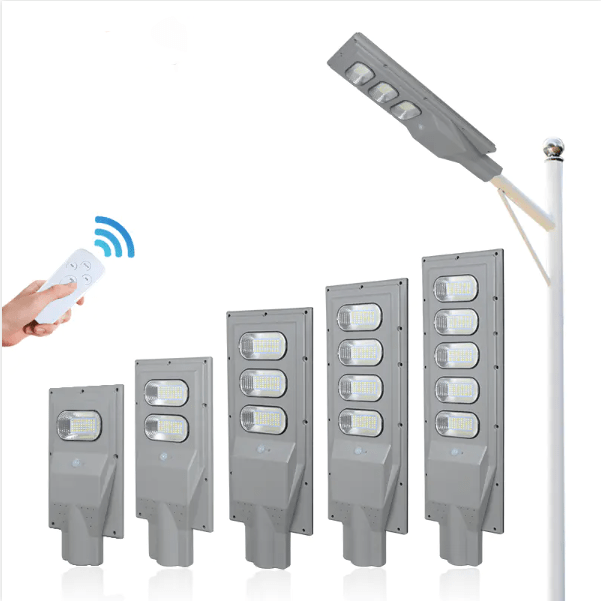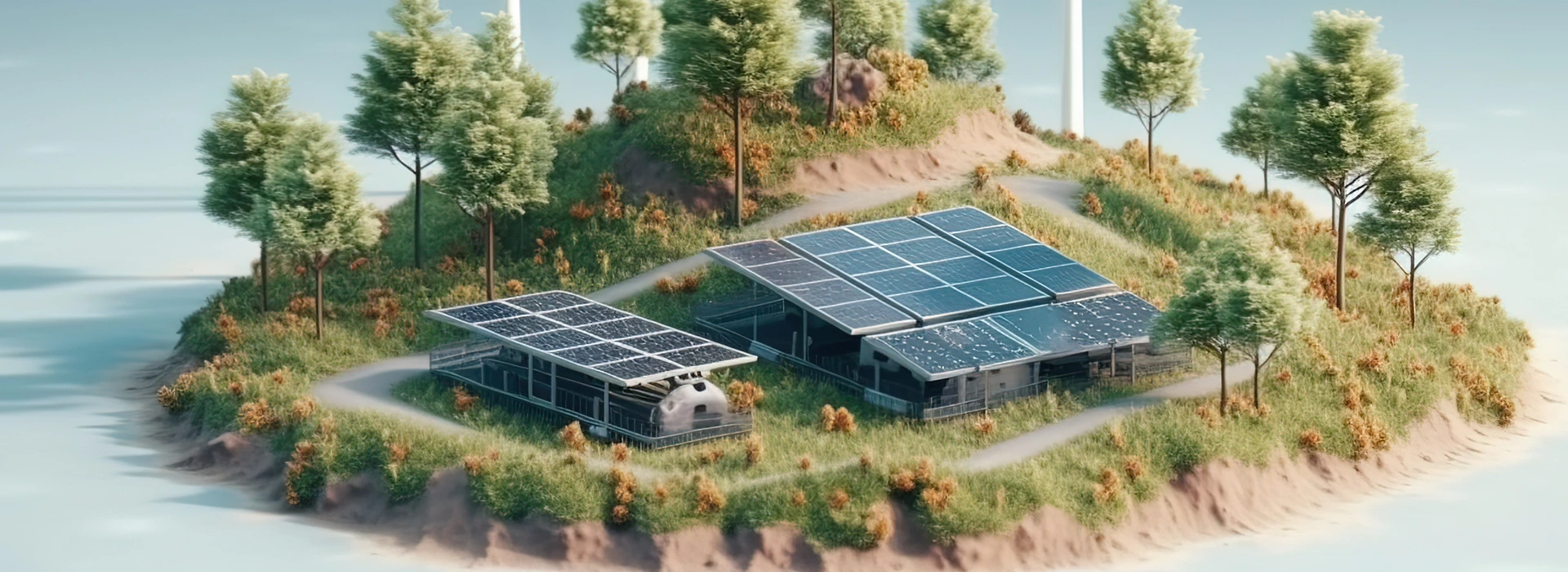
Apoiar
Frequently Asked Questions
Q1:How is the quality of your products?
A1:All products of XINDI have obtained "ISO9001 quality system certification",with national 3C compulsory certification. Inverter , solar system , battery with CE certification , solar panel with TUV, CE certification , please rest assured.
Q2:How to choose and calculate the right solar system?
A2:XINDI has been specializing in the solar industry for 20 years. we will send you an automated solar system calculation sheet to help you calculate and design a solar system to suit your needs.
Q3: Why choose us?
A3:Xindi factory is with 20 years experience in the solar energy industry.Our products are already largely sold to more than 100 countries and regions such as Asia, Africa, Middle East,Latin America etc. We have more than 10+ senior engineers to offer OEM & ODM service to you , with more than 200+ staffs in the world.
Q4:Can I expand the off grid solar system in the future?
A4:Yes, our off grid solar system kits are designed with scalability in mind. You can easily expand the system by adding more solar panels, batteries, or upgrading the solar inverter to meet your future energy demands.
Q5:Can the off grid solar system power all my appliances and devices?
A5:The off grid solar system can power a wide range of appliances and devices depending on its capacity. Our team can help you assess the power requirements of your specific appliances to ensure proper system sizing. You can provide the total power of your electrical appliances, usage time, light, etc., and Xindun’s professional planners will customize the size and size of the off grid solar system for you.
Q6:How to maintain the solar inversor?
A6:Before any maintenance work, the electrical connection between the inverter and the power grid should be disconnected first, and then the DC side electrical connection should be disconnected.
Wait for at least 5 minutes until the discharge of internal components is completed.
Any faults affecting the safety performance of the inverter must be eliminated immediately before the inverter reopened.
Avoid unnecessary circuit board contact.
Obey the electrostatic protection code and wear anti-electrostatic bracelets.
Pay attention to and abide by the warning signs on the products.
Pay attention to the hot surface of the inverter. For example, the radiator of power semiconductor still keeps a high temperature for a period of time after the inverter is powered off.
Finally, after the machine is repaired, it is necessary to ensure that any faults affecting the safety performance of the inverter have been solved before the inverter turned on again.
Q7:What are the functions and classifications of inverters?
Inverter is a device that converts DC electric energy (batteries, batteries) into AC (generally 220V, 50Hz sinusoidal wave). There are many kinds of inverters.
Q7: According to the frequency of AC power, inverter can be divided into low frequency inverter, and high frequency inverter.
According to the output phase fraction, inverters can be divided into single-phase inverter, three-phase inverter and multi-phase inverter.
According to the direction of the output power, inverter can be divided into active inverter and passive inverter.
According to the form of the main circuit, inverters can be divided into single-ended inverter, push-pull inverter, half-bridge inverter and full-bridge inverter.
According to the types of main switching devices, inverter can be divided into thyristor inverter, transistor inverter, field effect inverter and insulated gate bipolar transistor (IGBT) inverter.
According to DC power supply, inverter can be divided into voltage source inverters (VSI) and current source inverters (CSI).
According to the waveform of the output voltage or current, inverter can be divided into pure sine wave inverter and non-pure sine wave inverter.
According to the control mode, inverters can be divided into frequency modulation (PFM) inverter and pulse width modulation (PWM) inverter.
According to the switching mode, inverter can be divided into resonant inverter, fixed-frequency hard-switching inverter and fixed-frequency soft-switching inverter.
According to the commutation mode, inverter can be divided into load commutation inverter and self-commutation inverter..
Inverter is widely used in air conditioning, home cinema, electric grinding wheel, electric tools, sewing machine, DVD, VCD, computer, TV, washing machine, lampblack machine, refrigerator, video recorder, massager, fan, lighting, etc.



